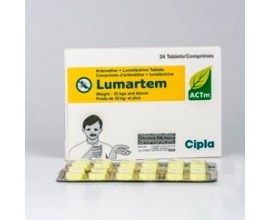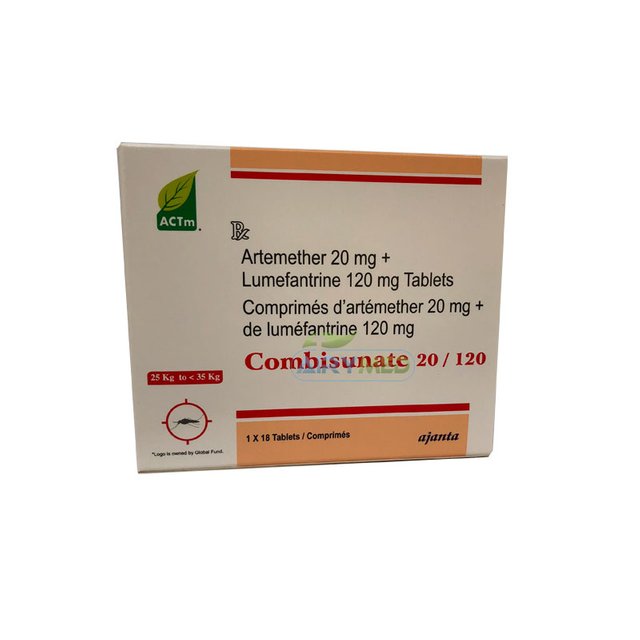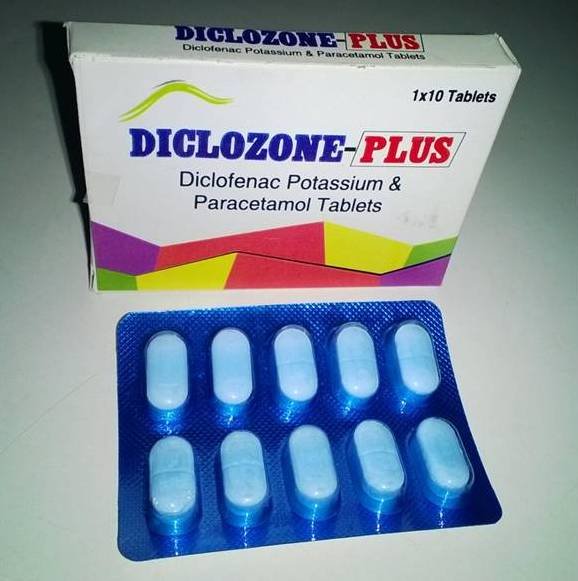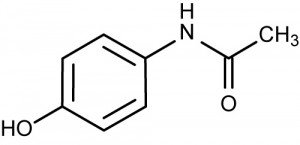PARACETAMOL AS A DRUG RELIEVER
Paracetamol, also known as acetaminophen or APAP, is a medicine used to treat pain and fever. It is typically used for mild to moderate pain relief. Evidence for its use to relieve fever in children is mixed.
Paracetamol can be used with recommendation of other drugs such as malaria drugs example of this drug includes;


It could also be added to some analgesic drugs to increase its effectiveness an example of such drug include
IBUCAP
x5ufcFXzxFvnGasCBmdAgFwo3sZ/IBUCAP.jpg)
DICLOZONE-PLUS

PARACETAMOL MOLECULAR FORMULAR
It consist majorly of carbon, nitrogen, oxygen and hydrogen
C8H9NO2
picture link; 
PARACETAMOL DOSAGE
Adults; 2 tablets 3 0r 4 times daily while
children from 6-12 are allowed to take 1 tablet
PHYSICAL PROPERTIES OF PARACETAMOL
-It's has a pure white color.
-It's solid.
-It could be dissolved in water.
-when tasted it gives a fair bitter taste.
MEDICAL USES
FEVER
Paracetamol is used for reducing fever in people of all ages. The World Health Organization (WHO) recommends that paracetamol be used to treat fever in children only if their temperature is higher than 38.5 °C (101.3 °F).[25] The efficacy of paracetamol by itself in children with fevers has been questioned and a meta-analysis showed that it is less effective than ibuprofen. Paracetamol does not have significant anti-inflammatory effects.
PAIN
Paracetamol is used for the relief of mild to moderate pain. The use of the intravenous form for pain of sudden onset in people in the emergency department is supported by limited evidence.
Osteoarthritis
The American College of Rheumatology recommends paracetamol as one of several treatment options for people with arthritis pain of the hip, hand, or knee that does not improve with exercise and weight loss.[29] A 2015 review, however, found it provided only a small benefit in osteoarthritis.
Paracetamol has relatively little anti-inflammatory activity, unlike other common analgesics such as the NSAIDs aspirin and ibuprofen, but ibuprofen and paracetamol have similar effects in the treatment of headache. Paracetamol can relieve pain in mild arthritis, but has no effect on the underlying inflammation, redness, and swelling of the joint.[31] It has analgesic properties comparable to those of aspirin, while its anti-inflammatory effects are weaker. It is better tolerated than aspirin due to concerns about bleeding with aspirin.
LOW BACK PAIN
Based on a systematic review, paracetamol is recommended by the American College of Physicians and the American Pain Society as a first-line treatment for low back pain.[32][33] In contrast, other systematic reviews have concluded that evidence for its efficacy is lacking.
HEADACHE
A joint statement of the German, Austrian, and Swiss headache societies and the German Society of Neurology recommends the use of paracetamol in combination with caffeine as one of several first line therapies for treatment of tension or migraine headache.[36] In the treatment of acute migraine, it is superior to placebo, with 39% of people experiencing pain relief at one hour compared with 20% in the control group.
Postoperative pain
Paracetamol combined with NSAIDs may be more effective for treating postoperative pain than either paracetamol alone or NSAIDs alone.
DENTAL USE
NSAIDs such as ibuprofen, naproxen, diclofenac are more effective than paracetamol for controlling dental pain or pain arising from dental procedures; combinations of NSAIDs and paracetamol are more effective than either alone.[39] Paracetamol is particularly useful when NSAIDs are contraindicated due to hypersensitivity or history of gastrointestinal ulceration or bleeding. It can also be used in combination with NSAIDs when these are ineffective in controlling dental pain alone. The Cochrane review of preoperative analgesics for additional pain relief in children and adolescents shows no evidence of benefit in taking paracetamol before dental treatment to help reduce pain after treatment for procedures under local anaesthetic, however the quality of evidence is low.
Other
The efficacy of paracetamol when used in combination with weak opioids (such as codeine) improved for approximately 50% of people but with increases in the number experiencing side effects. Combination drugs of paracetamol and strong opioids like morphine improve analgesic effect.
The combination of paracetamol with caffeine is superior to paracetamol alone for the treatment of common pain conditions including dental pain, postpartum pain, and headache.
Link ; https://en.wikipedia.org/wiki/Paracetamol
Thanks for reading

Hi! I am a robot. I just upvoted you! I found similar content that readers might be interested in:
https://pediatricpharmacology.wordpress.com/2017/05/27/pharmacology-and-pharmacokinetic-of-paracetamol-tylenol/